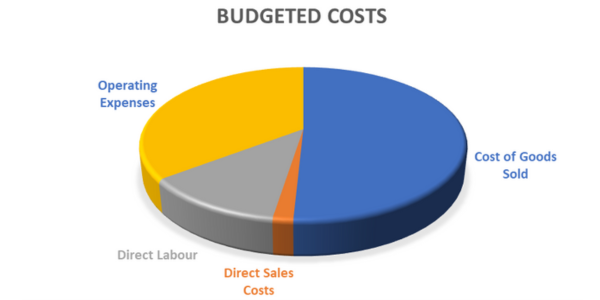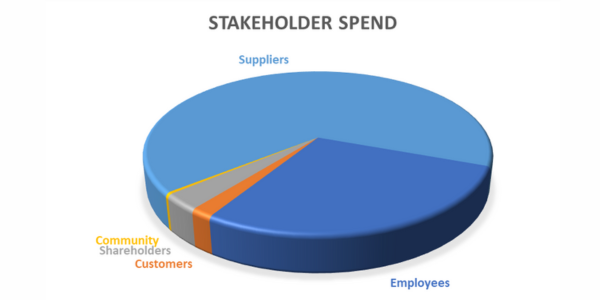Bringing shared value to reality
Data can transcend numbers as boards navigate modern expectations for more high-performing, holistic and transparent organisations.

OPINION: We often talk about stakeholders but what metrics do we use? Board papers arrive with requests for funding, new initiatives, projects, or capital investment. Our discussions are all sensible. We review the purpose, our priorities, and the practicalities of each. Stakeholders are considered, but often this is only when there is a conflict between the benefit for one, and impact on another.
It occurred to me during our budgeting meetings that stakeholder assessment was limited. Our focus was on pure numbers. The comparison to last year, exceptions, growth metrics and the outcome. We didn’t spend much time reviewing the balance of the spend and impact on our stakeholders.
One obvious reason for this is the way in which the data is presented. Budgets are just lines of numbers. For most of us, we are visual learners so what do these numbers look like in a graph?
Taking those numbers and presenting them in the same categories, gave us this:

We then recategorised each cost into stakeholder spend.
A completely different story emerged:

You may look at this and think “so what?” Indeed, the data supports no conclusions. What it does provide is a benchmark. This is exactly what it felt like when we received our first carbon footprint assessment. We now have a starting point. A basis to measure change.
Should the employee share of spend be more? If we divide the employee spend per FTE, what is that numbers? Should it be higher next year? What should the investment in our community be? Is this too low?
Our role as directors is to challenge these numbers. Do they represent the business we want to be? Are we balancing our stakeholder investment appropriately?
Now, don’t get too caught up in trying to be 100% right in how you allocate the costs. Some expenses benefit multiple stakeholders. The key is to make a decision and stick with it, so any analysis is consistent.
Looking through a different lens is a valuable tool for any board. What other information should we be looking at differently?

Paul is a Senior Partner in Findex. He is a Chartered Member of the Institute of Directors and Fellow Chartered Accountant. He chairs the board of Tuapeka Gold Print, Batchelor McDougall Consulting and is a director of Aotea Group Holdings. His charitable roles include chair of The Healthcare Otago Charitable Trust and trustee of Warbirds Over Wanaka Community Trust and the Findex Community Fund.
The views expressed in this article do not reflect the position of the IoD unless explicitly stated.
Contribute your perspectives and expertise on an area of governance to the IoD membership and governance community. Contact us mail@iod.org.nz